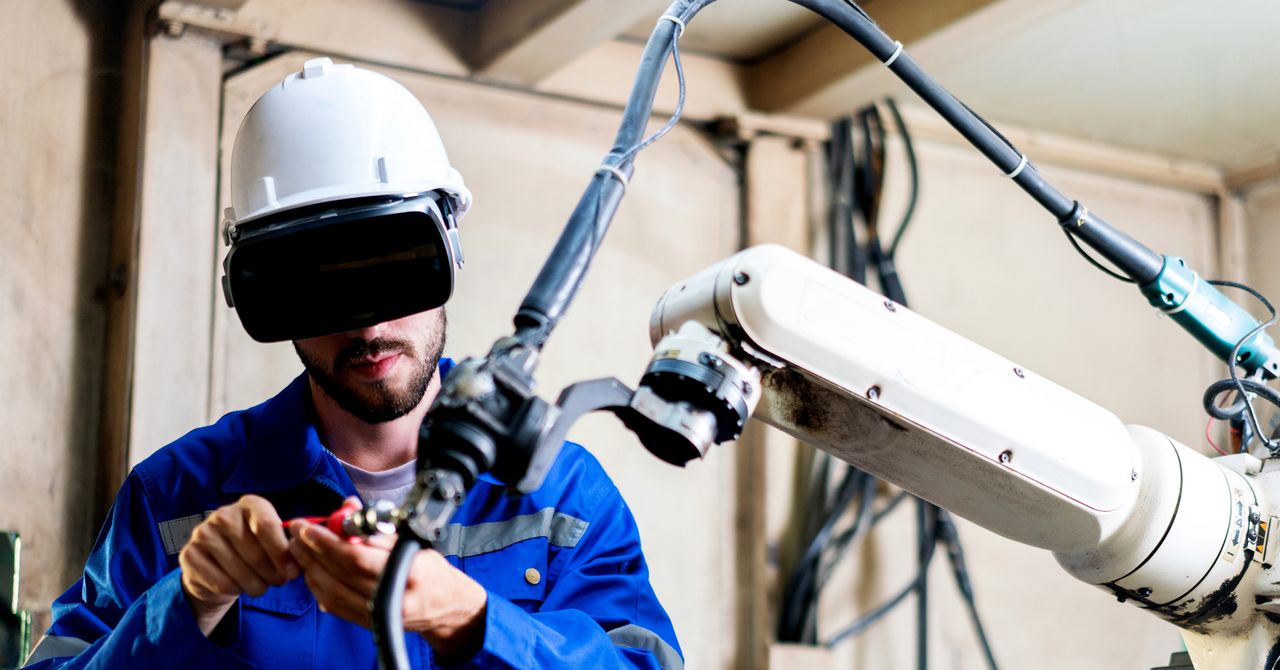Beyond Virtual Hype: How Industrial Innovation Is Resuscitating the Metaverse

Beyond the Hype: How the Industrial Metaverse is Revolutionizing Real-World Productivity
While Mark Zuckerberg's virtual reality meetings have garnered skepticism, a more transformative digital revolution is quietly unfolding in the industrial sector. The industrial metaverse isn't about virtual avatars in cartoonish meeting rooms; it's a powerful convergence of digital and physical worlds that's delivering tangible, game-changing benefits across manufacturing, engineering, and logistics.
Imagine complex machinery being designed, tested, and optimized in immersive digital environments before a single physical component is created. Picture technicians troubleshooting equipment failures using augmented reality overlays that provide real-time diagnostics and guidance. This isn't science fiction—it's the emerging reality of the industrial metaverse.
Unlike consumer-focused VR experiences, this technological frontier is solving real-world challenges. By creating sophisticated digital twins of physical systems, companies can simulate scenarios, predict maintenance needs, and dramatically reduce downtime and operational costs. From automotive assembly lines to aerospace engineering, the industrial metaverse is proving to be far more than a trendy buzzword—it's a strategic tool reshaping how businesses innovate and compete.
The future of work isn't about virtual cocktail parties or cartoon meeting spaces. It's about seamlessly blending digital intelligence with physical infrastructure, driving efficiency, safety, and unprecedented levels of precision across industries.
